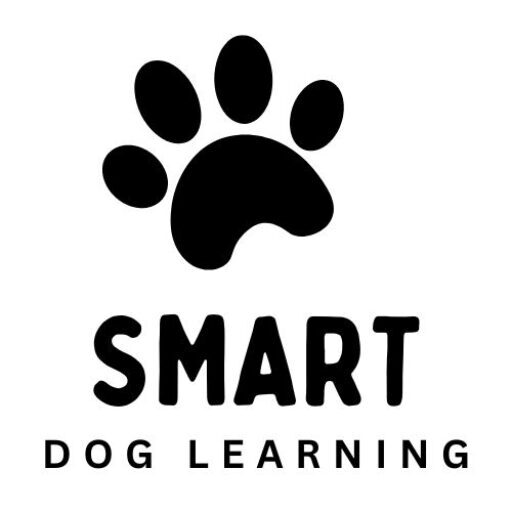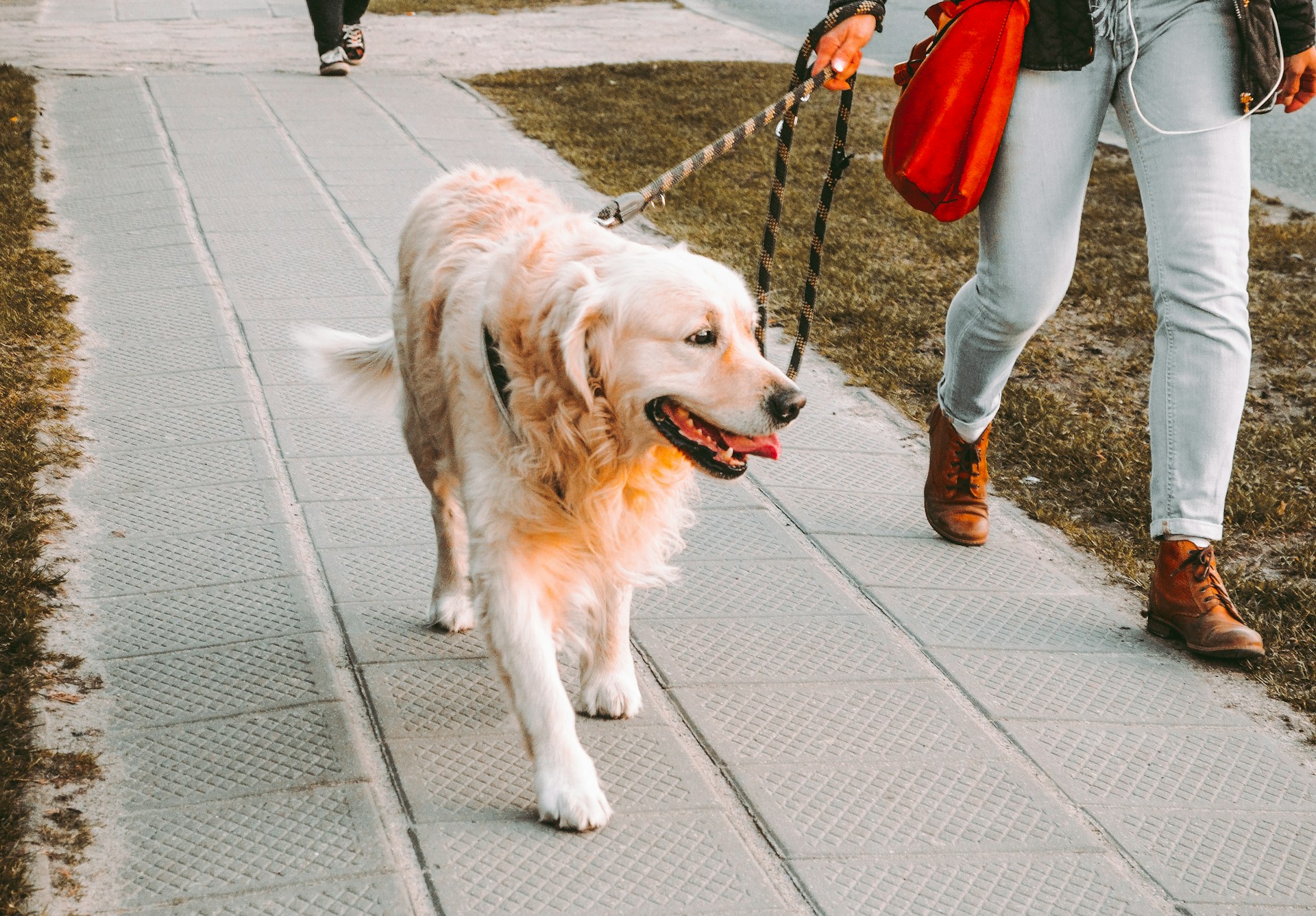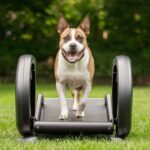How To Choose The Right Dog Leash
Walking your dog should be peaceful. Scenic. Maybe even a little romantic.
Instead, it often looks like this: one human dragging behind a determined beast on a mission to sniff every blade of grass and bark at literally nothing.
Spoiler: the right leash won’t magically fix everything, but it can make a HUGE difference in control, comfort, and not dislocating your shoulder.
Let’s break down the types of leashes, who they’re best for, and how to pick one without just grabbing whatever’s on sale at the pet store.
Standard Leash: The Reliable Classic
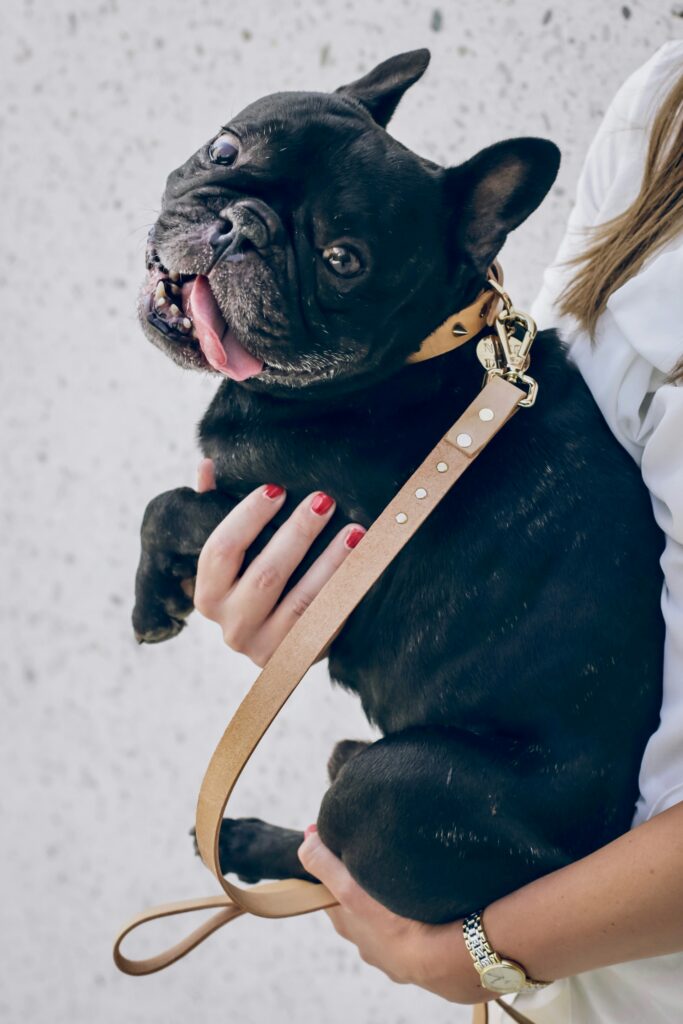
You know this one. Flat, usually 4–6 feet long, made of nylon, leather, or even rope. It’s your good old, dependable leash.
Best for:
🍲 50 Printable Dog Food Recipes Your Pup Will Love
Skip the fillers and preservatives. Make healthy, homemade meals your dog will actually eat — using everyday ingredients you already trust. Vet-friendly, budget-friendly, and super easy to follow. 🐾
Perfect for picky eaters, senior dogs, and pups with sensitive stomachs. Make mealtime simple and nutritious again.
Get the Recipes Now 🐶- Everyday walks
- Basic training
- Dogs who aren’t total maniacs on leash
Why it works:
- Great balance of freedom and control
- Works with most collars and harnesses
- Durable, affordable, and easy to find
Look for:
- A sturdy clasp (avoid anything flimsy or cheap)
- Padding on the handle if your dog pulls like a freight train
- A length that lets your dog sniff, but not zigzag across traffic
FYI:
If your dog walks nicely most of the time, this one’s your MVP.
Retractable Leash: The Controversial One
Oh boy. The retractable leash. Some people love it. Trainers mostly don’t. It’s basically a very long, thin cord in a plastic handle that extends when your dog pulls—and retracts when they come back.
Best for:
- Chill dogs with good recall
- Open spaces (parks, fields)
- Humans who are very attentive
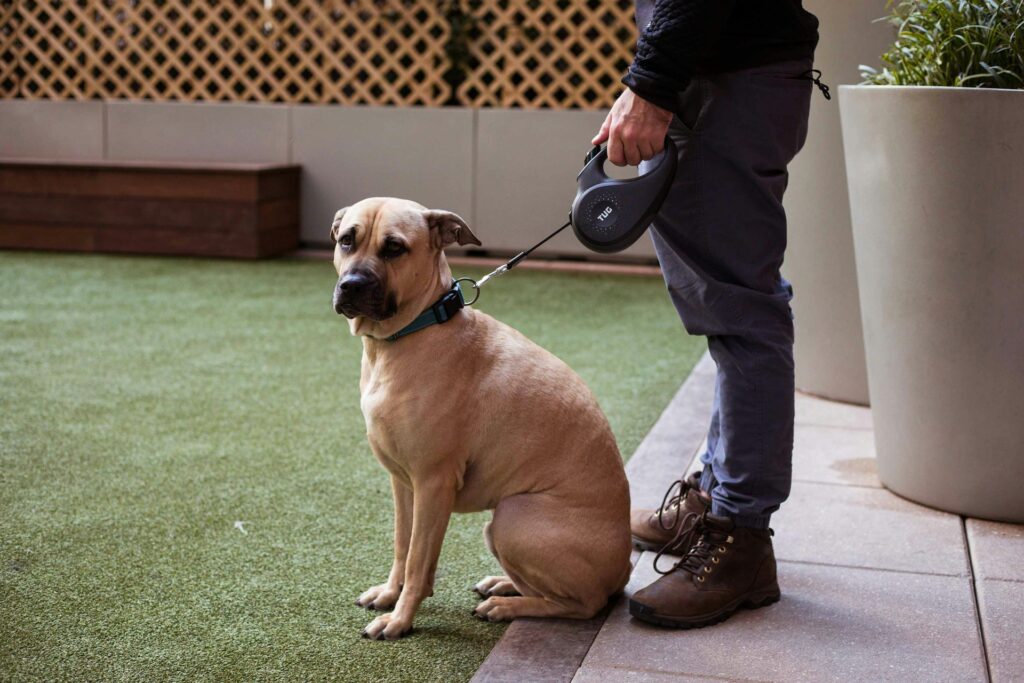
But be warned:
- You have zero control in high-distraction zones
- The cord can burn, snap, or tangle around legs (ask me how I know)
- It rewards pulling: dog pulls → gets more freedom → keeps pulling
Use with caution. If your dog is reactive or unpredictable? Hard pass.
Long Line: The Training Tool
Basically a super long leash—15 to 30 feet—used for training recall, exploring, or giving your dog more freedom in open areas (without going fully off-leash).
Best for:
- Recall training
- Hiking, beach trips, or safe open fields
- Shy or nervous dogs who need space but not full freedom
Pros:
- Tons of freedom while staying connected
- Great for teaching “come”
- Safer than off-leash for sketchy areas
Cons:
- Can tangle like spaghetti
- Not ideal for everyday neighborhood walks
Pro tip: Don’t use a long line unless you’re actively training or supervising. You do not want to be yanked when your dog hits the end at full speed.
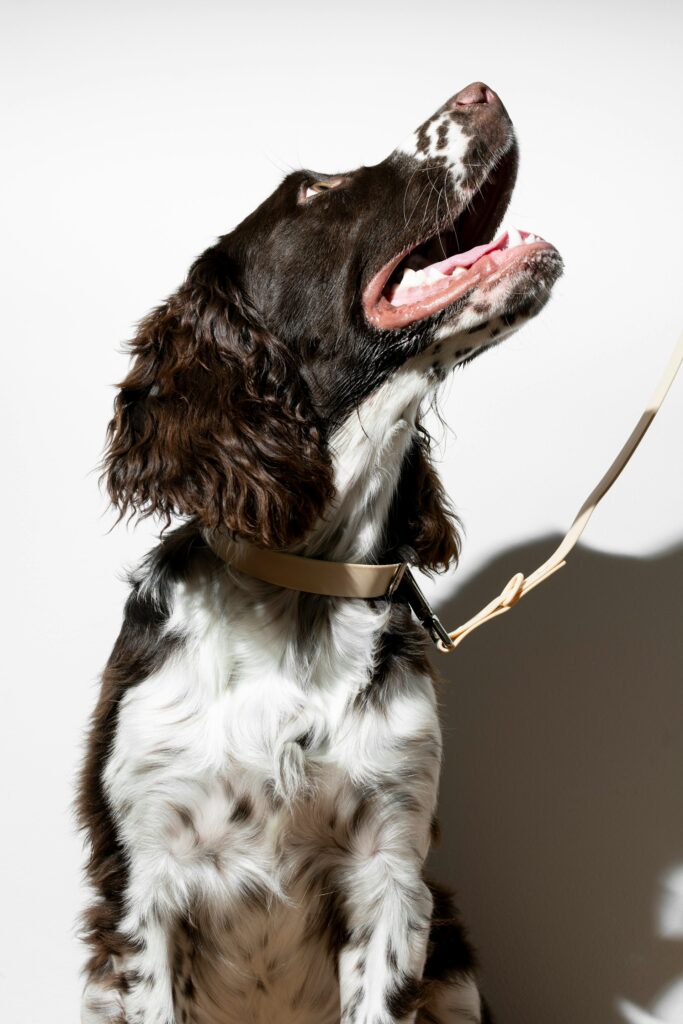
Hands-Free Leash: For the Multi-Tasking Human
These wrap around your waist like a belt or crossbody sling. Some have bungee cords to absorb shock when your dog pulls.
Best for:
- Joggers or hikers
- People with dogs that already walk well
- Coffee-carrying urban walkers (you know who you are)
Cool features:
- Built-in pockets or pouch storage
- Shock-absorbing material
- Freedom for your hands (finally!)
Caution:
- Not great if your dog lunges or pulls unpredictably
- Definitely don’t use with an untrained pup unless you like falling down in public
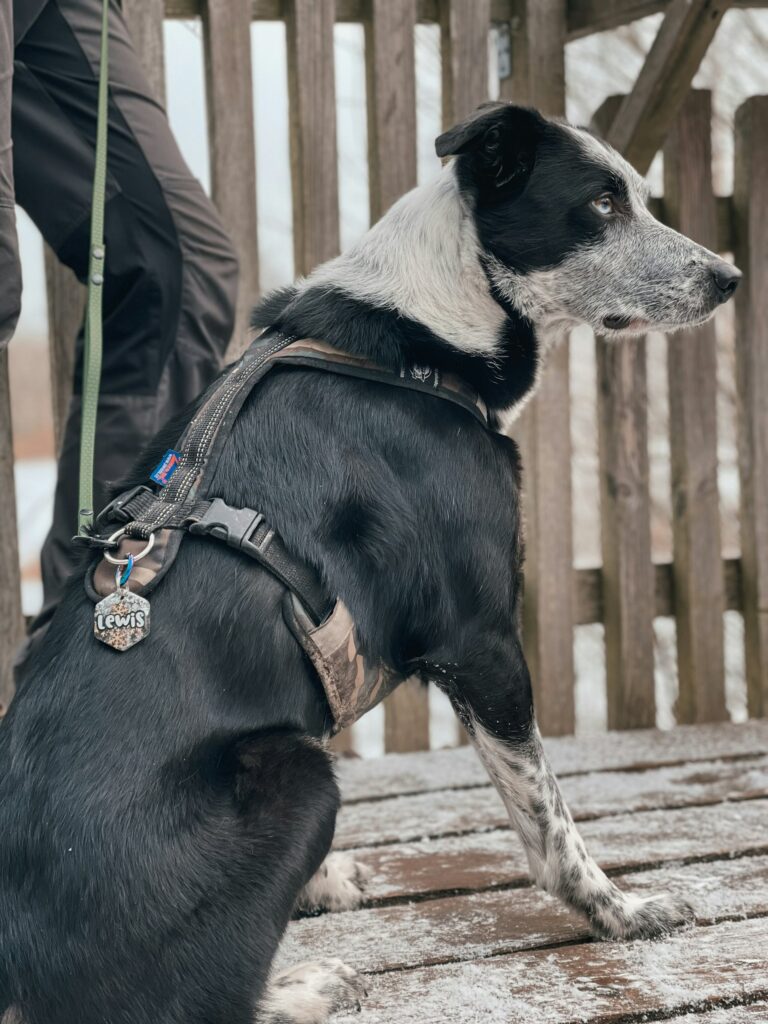
Slip Lead: The Quick Fix
A leash and collar in one. You just loop it over your dog’s head and go. Commonly used in shelters, vet clinics, and by trainers for quick control.
Best for:
- Temporary use
- Training situations
- Dogs who don’t wear collars or escape them
BUT…
It tightens as your dog pulls. Which means it can cause choking or discomfort if used improperly. Not recommended for regular walks unless you know exactly what you’re doing.
Chain Leash: Chewer’s Enemy
Made of—you guessed it—metal links. The handle is usually nylon or leather, but the leash itself is chew-proof.
Best for:
- Serial leash chewers
- Short-term use during training
Why it exists:
Because some dogs see leashes as tasty spaghetti. If yours is one of them, this might buy you time while you teach better habits.
Downside:
It’s heavy. Clunky. Not great for small dogs or long walks.
Material Matters: Nylon vs. Leather vs. Rope vs. Biothane
Nylon – Cheap, lightweight, comes in 5 million colors. Great all-rounder. Can cause leash burn if your dog pulls.
Leather – Durable, softens over time, looks fancy. Costs more but lasts forever if you take care of it.
Rope – Climbing rope style. Strong, comfy grip. Great for big dogs and hiking.
Biothane – Waterproof, stink-proof, easy to clean. Great for mud monsters or beach dogs.
Length: Size Does Matter
4 feet – More control. Good for city walks, crowded areas, or training.
6 feet – The gold standard. Gives room to sniff but keeps your dog close enough to redirect.
10+ feet – Only for training or wide-open spaces. Not for sidewalks or squirrel-heavy neighborhoods.
Clip Type: Because That Leash Has to Stay On
- Bolt snap: Common, simple spring-loaded clip
- Trigger snap: Extra secure, better for strong dogs
- Locking carabiner: The Fort Knox of leash clips (great for escape artists)
Avoid anything that feels flimsy or loose. If it clicks but wiggles? It’s a no.

FAQ: Leashes & WTF Moments
Q: Should I get a harness instead of a leash?
You still need a leash. But yes, a good harness can reduce pulling and prevent injury, especially for small breeds or brachycephalic (smushy-faced) dogs. Just don’t rely on gear to fix behavior—train that pup!
Q: What’s the best leash for a puppy?
A 4–6 foot nylon leash is perfect. Lightweight, simple, and easy to manage while your puppy learns leash manners. Avoid retractables—your puppy will learn to pull before they learn to walk.
Q: Can I use the same leash forever?
If it’s durable and still in good shape, sure! But check for fraying, loose stitching, or sticky clasps every few months. Your leash is a safety tool—not a fashion accessory. (Okay, maybe it’s a little of both.)
Q: Do I need multiple leashes?
Honestly? Probably. A standard leash for daily walks, a long line for training or exploring, and maybe a hands-free leash for the multitasking moments. Welcome to the leash closet life.
Final Thoughts
Picking the right dog leash isn’t just about what looks cute on Instagram—it’s about safety, control, and making walks less chaotic and more enjoyable for both of you.
Start with how your dog behaves.
Think about where you walk.
And don’t be afraid to experiment—sometimes the third leash you try is the one that changes everything.
Because let’s face it: walks should feel like a vibe, not a tug-of-war match.
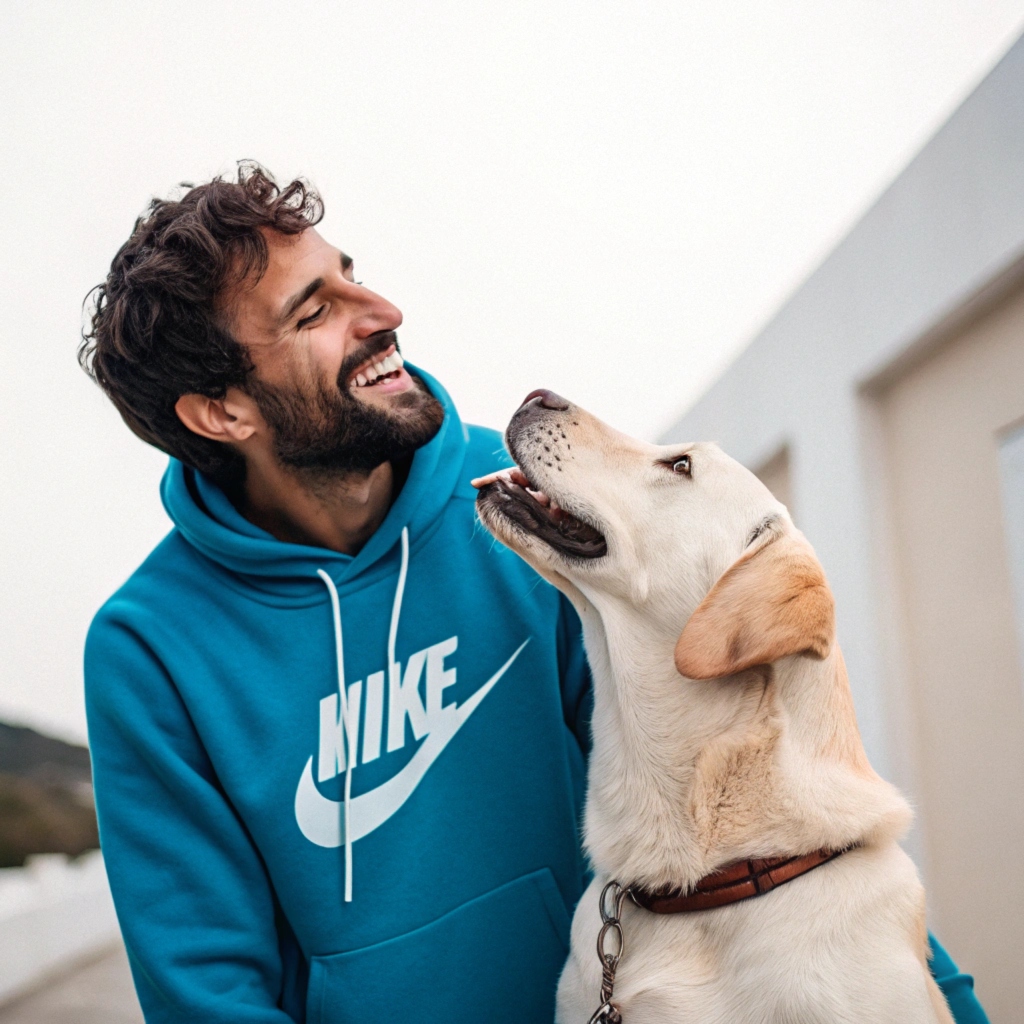
I’ve spent 10+ years in dog training, digging into what makes dogs (and their humans) tick. At Smart Dog Learning, I share my no-nonsense, fun approach to training so you can enjoy life with a well-behaved, happy pup—no boring lectures, just practical results 😉
